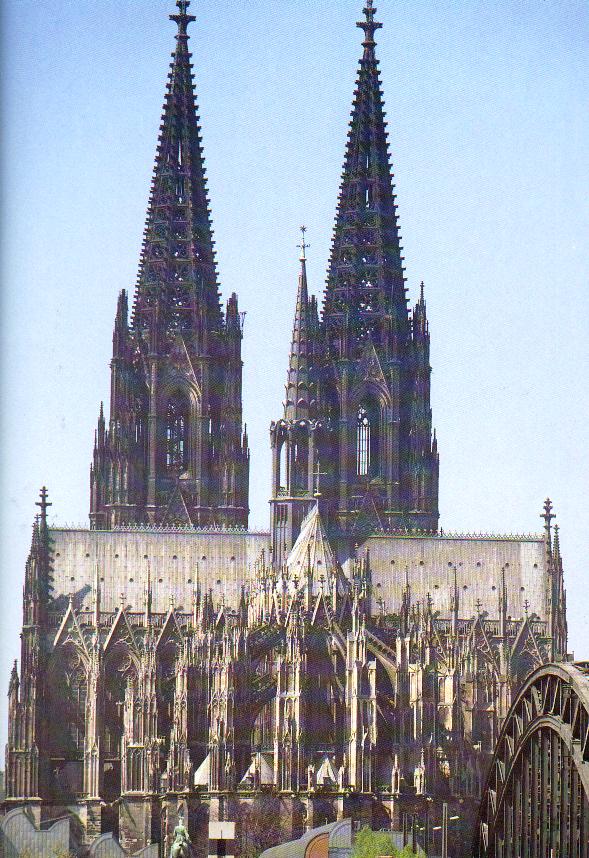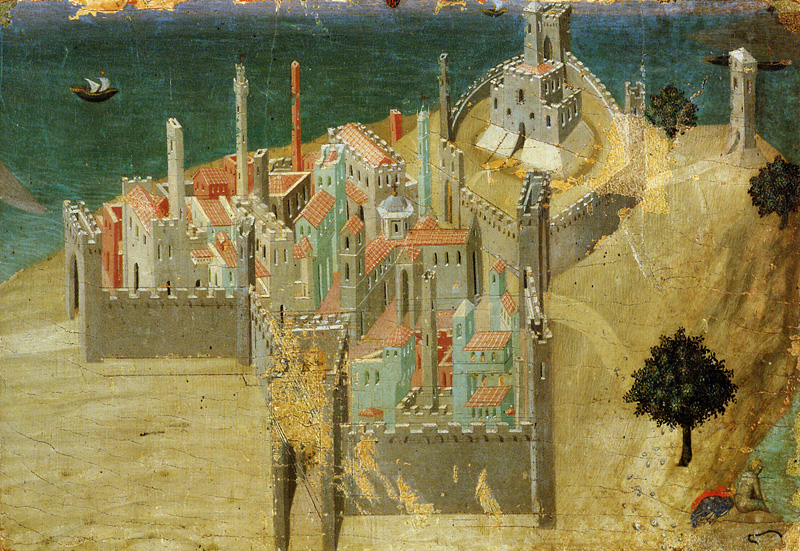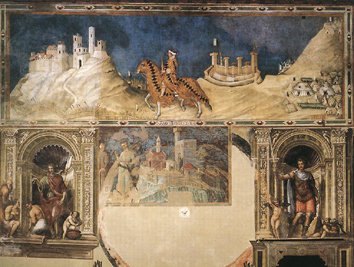Commune and signoria; good and bad government
Slide 1: San Gimignano
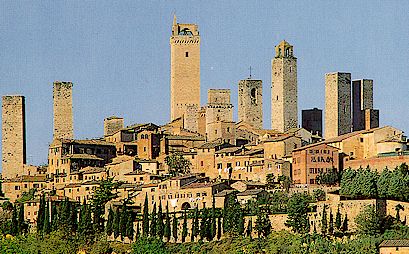
Feedback received: In the recent exhibition of Sienese Renaissance art, this panel was attributed to Sassetta, and the hypothesis was made that it formed part of the Arte della Lana altarpiece of 1423-26. More recent research indicates it represents the port of Porto Ercole, and was painted by Francesco di Bartolommeo in 1455. (Francesco di Bartolommeo would be the so-called Osservanza Master.)
Slide 3: Agostino de Giovanni and Agnolo di Ventura, tomb of Bishop Guido Tarlati, c.1330, Arezzo, cathedral
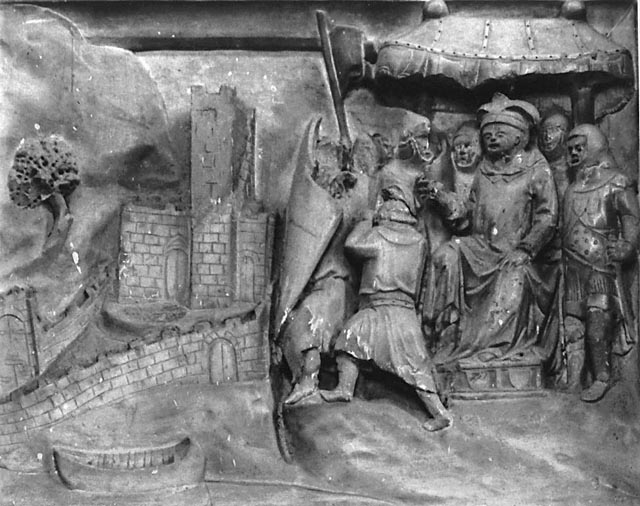
Slide 4: Ambrogio Lorenzetti, Allegories of Good and Bad Government, Good Government town 1338/9, Siena, Palazzo Pubblico, Sala de’ Nove
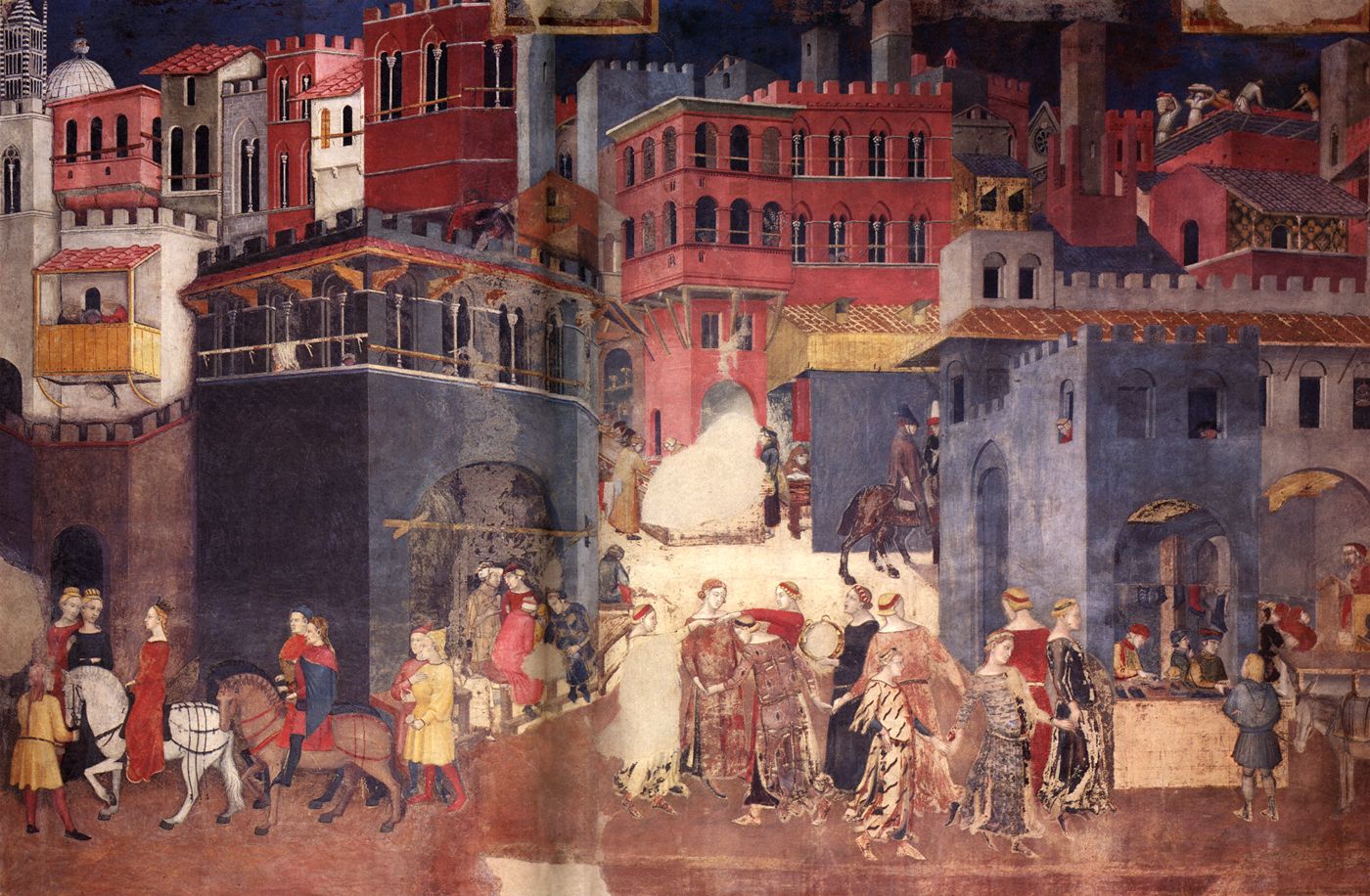
Slide 5: Ambrogio Lorenzetti, Allegories of Good and Bad Government, Good Government virtues 1338/9, Siena, Palazzo Pubblico, Sala de’ Nove
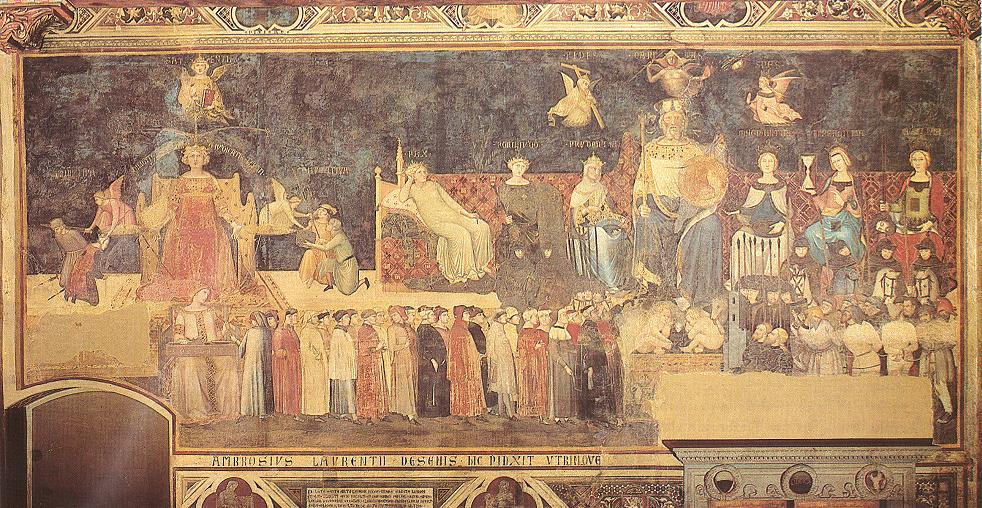
Slide 6: Ambrogio Lorenzetti, Allegories of Good and Bad Government, Good Government country 1338/9, Siena, Palazzo Pubblico, Sala de’ Nove
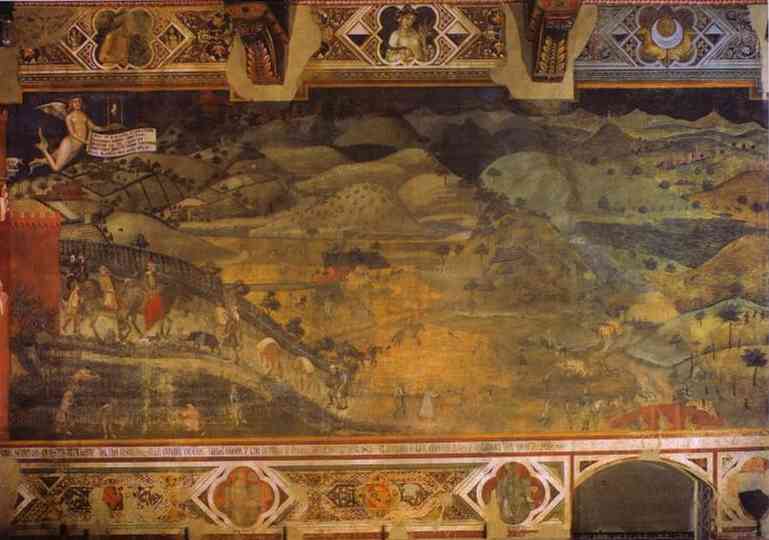
Slide 7: Ambrogio Lorenzetti, Allegories of Good and Bad Government, Bad Government 1338/9, Siena, Palazzo Pubblico, Sala de’ Nove
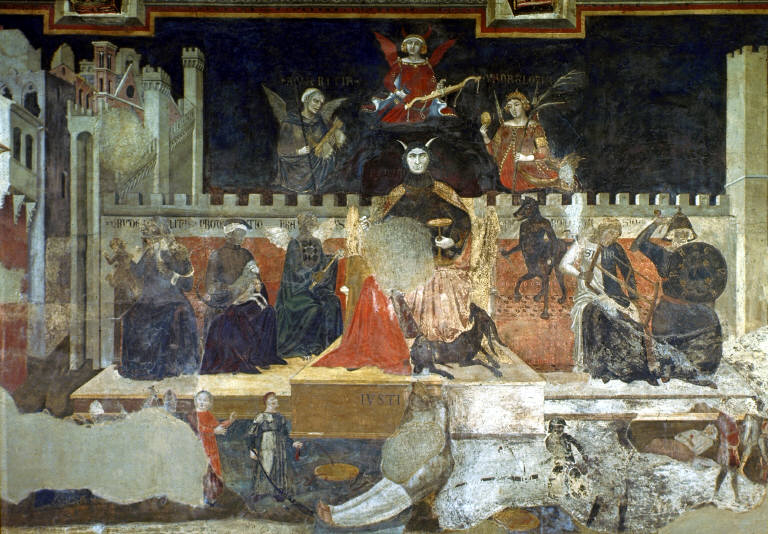
Slide 8: Simone Martini, Maesta, 1315, Siena, Palazzo Pubblico, Sala del Mappamondo
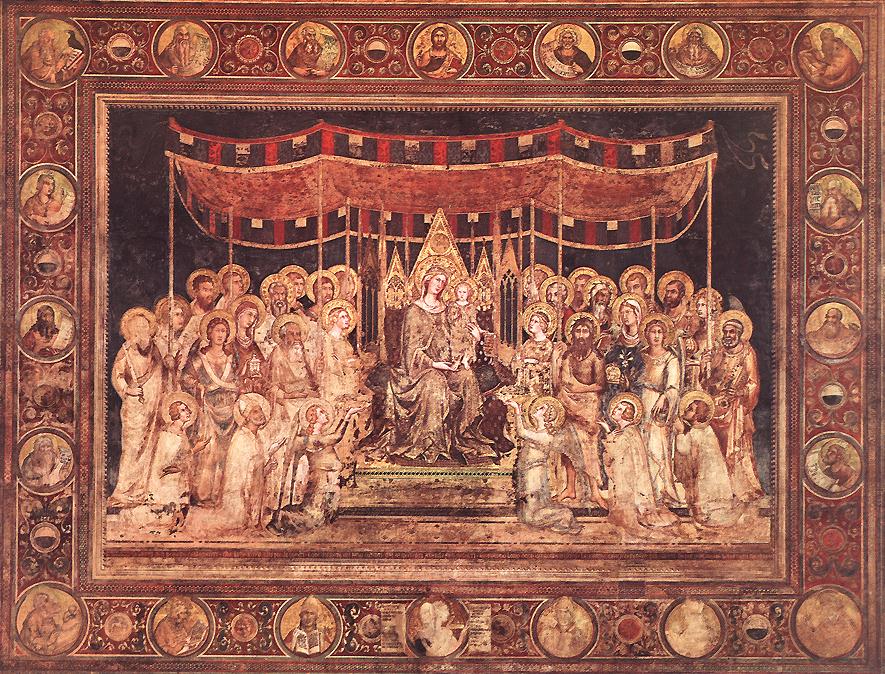
Slide 9: Simone Martini? and Lippo Memmi?, ‘New Fresco’ (view of Arcidosso) and Guidoriccio da Fogliano (c. 1352?) above former Mappamondo by Ambrogio Lorenzetti, 1345
Feedback received: Guido Riccio and the so-called new fresco. The castle with two figures might represent Arcidosso, by Simone Martini, painted in 1331. For Guido Riccio, there are now over sixty reasons to doubt that Simone painted this fresco, with many of the reasons indicating a date later than the 14th century. Fifty six of these reasons are listed in the book GUIDO RICCIO: A Guide to the Controversy: For Tourists, Scholars, Students, Art Librarians (Siena: Edizioni Notizie d’Arte, 2000, written by Gordon Moran and Michael Mallory).
Civic architecture
Slide 10: Piacenza, Palazzo Comunale, begun 1280
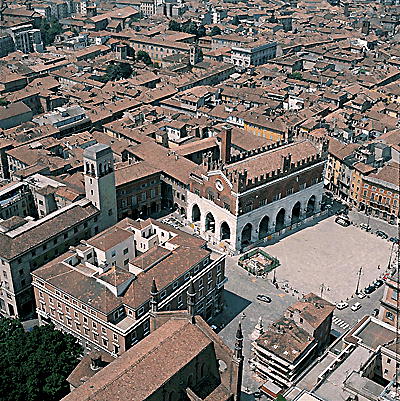
Slide 11: Padua, Palazzo della Ragione, early thirteenth century and 1306
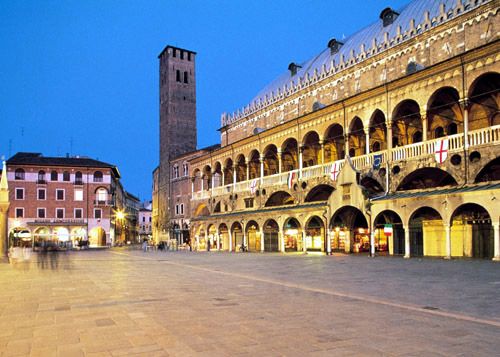
Slide 12: Perugia, Fontana Maggiore, by Nicola Pisano, completed 1278
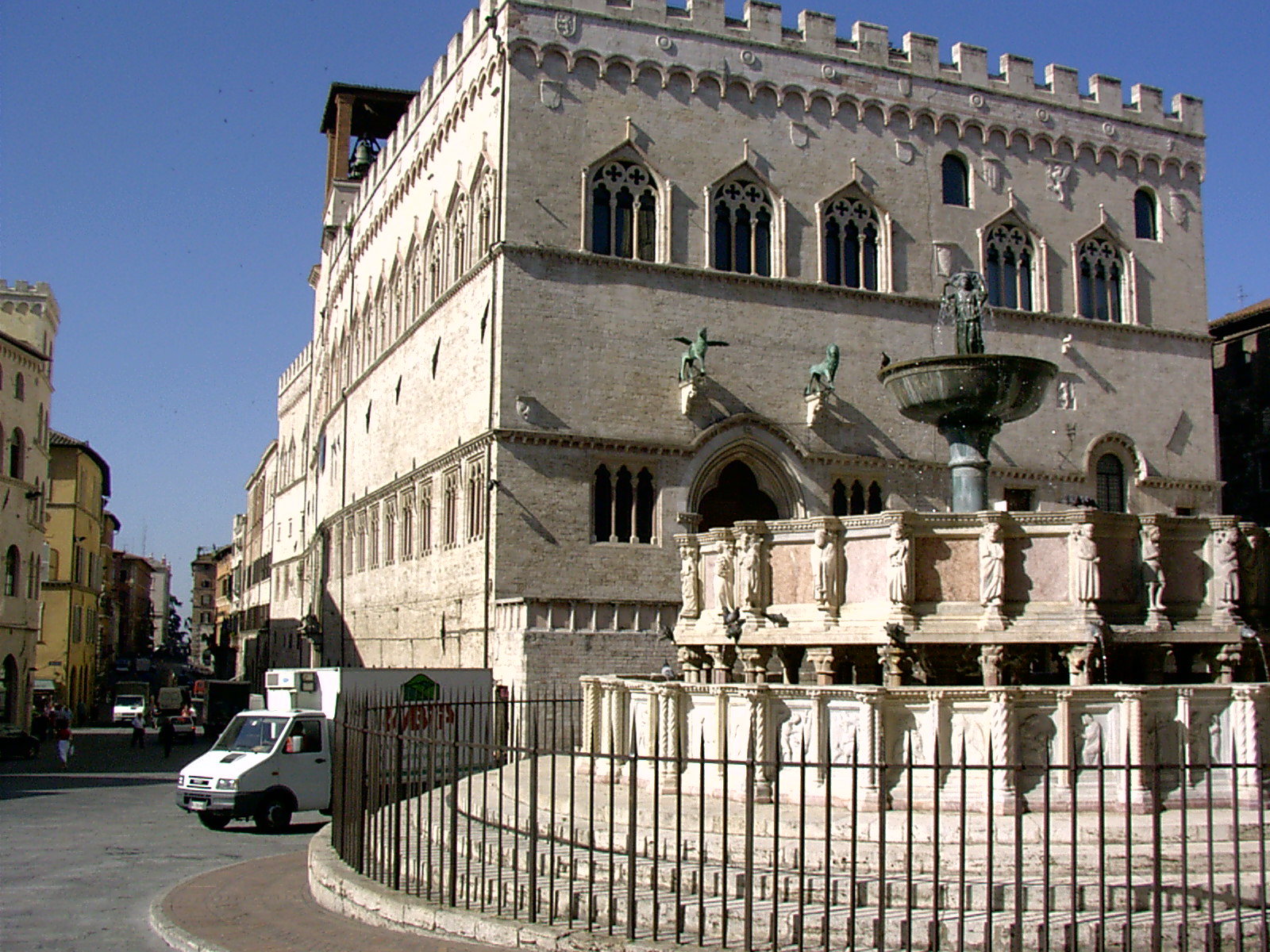
Slide 13: Palazzo dei Priori, begun 1292
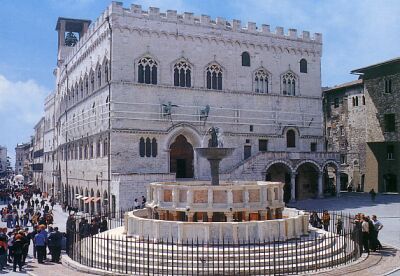
Siena and Florence, Campo (Town Hall) and Palazzo Pubblico
Slide 14: Siena, Campo
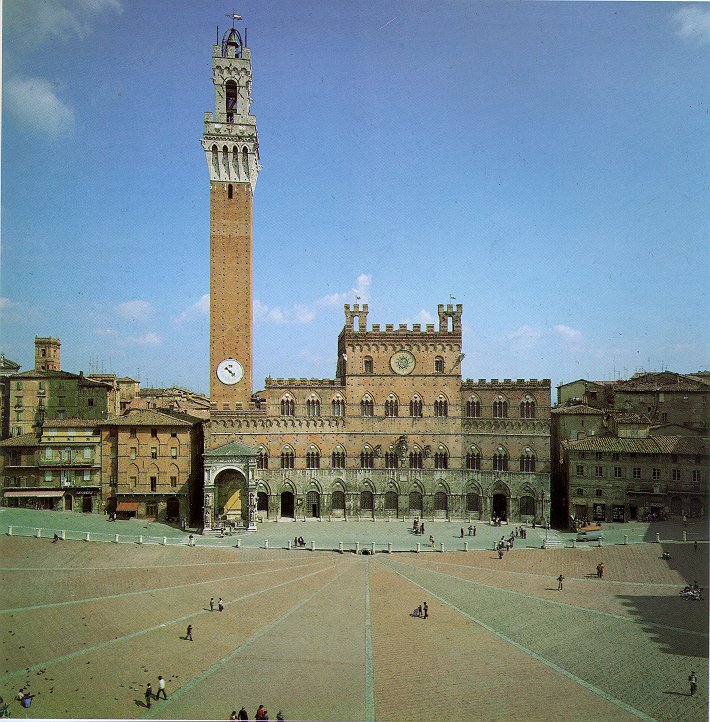
Slide 15: Siena, Cathedral 1220-60
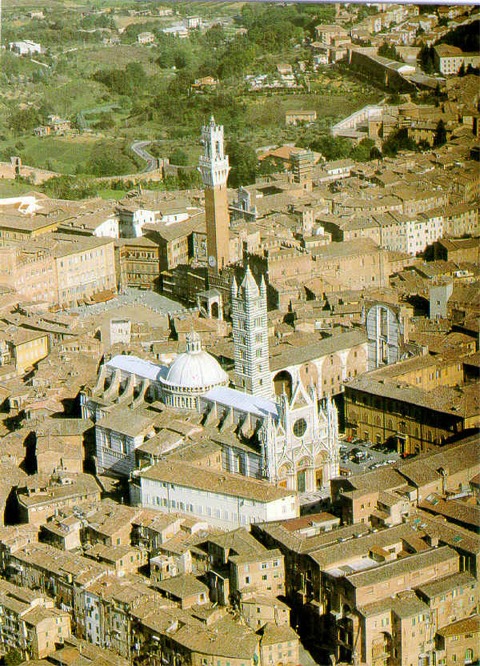
Slide 16: Siena, Cathedral new construction begun 1316
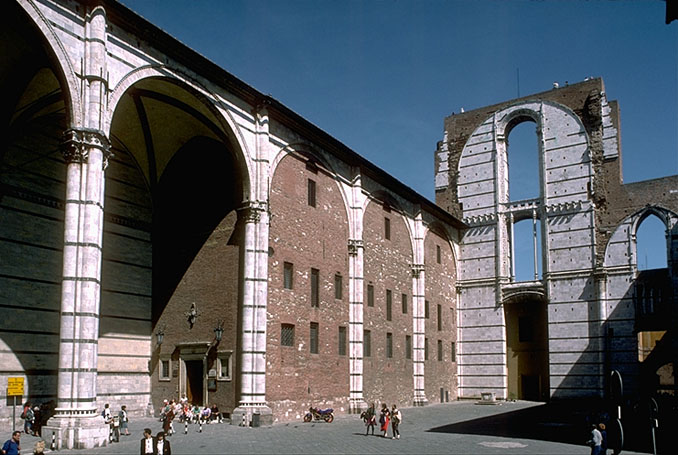
Slide 17: Siena, Cathedral west facade begun 1284
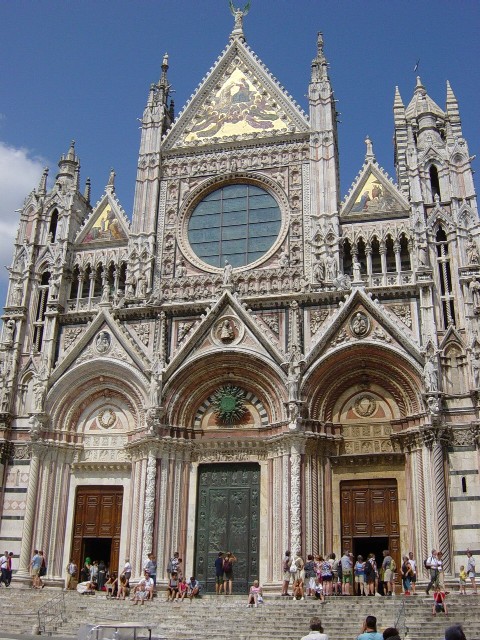
Slide 18: Siena, Cathedral east facade
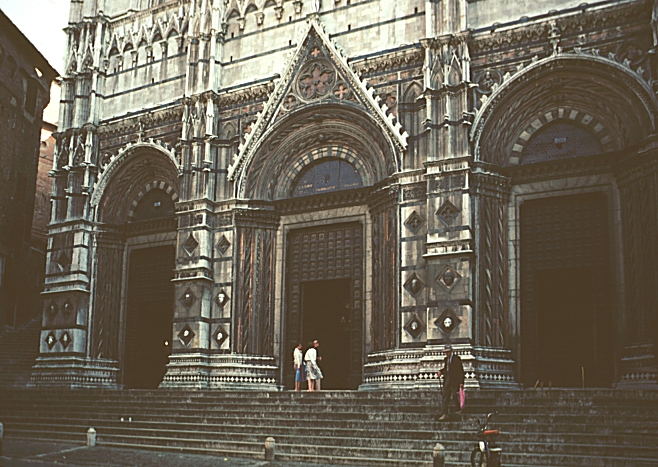
Slide 19: Siena, Cathedral facade design(image not found)
Slide 20: Siena, Cathedral nave
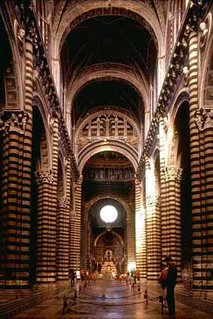
Compare west and east façade schemes with rayonnant west facades such as Strasbourg, begun 1277
Slide 21: Strasbourg cathedral begun 1277
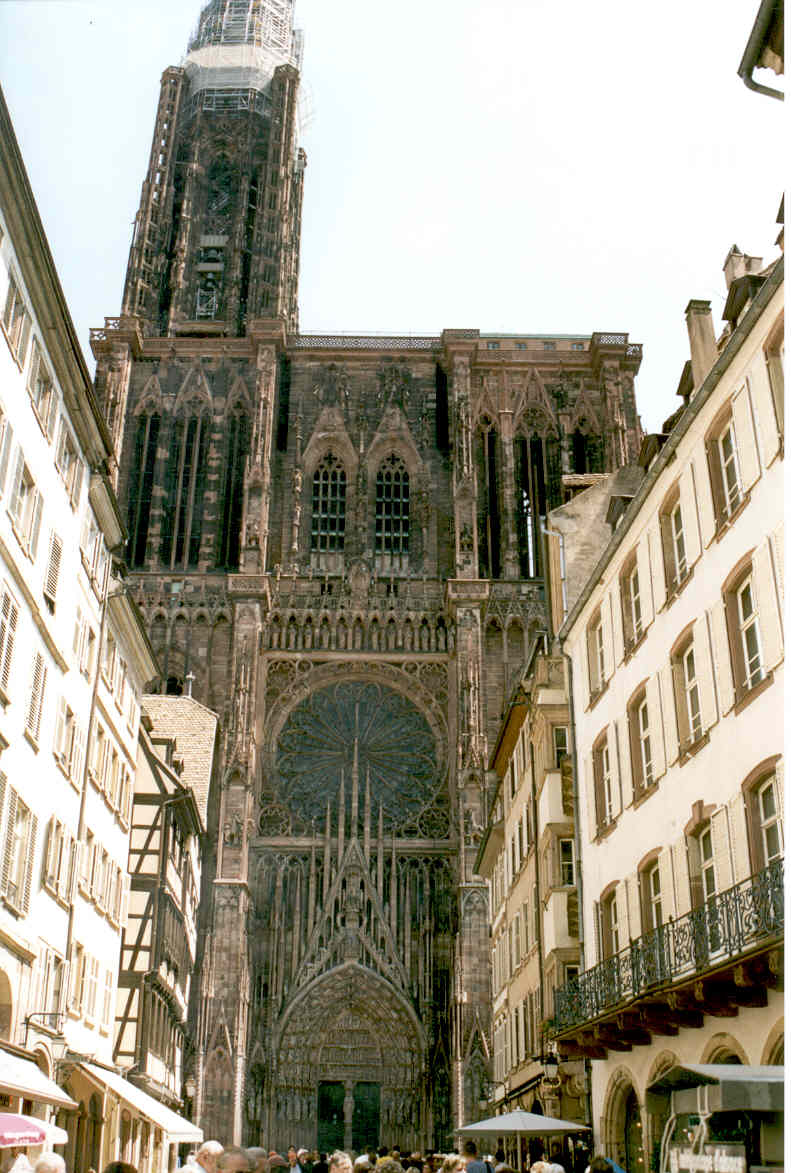
Slide 22: Duccio, Maesta, 1308-11, formerly cathedral, now Museo dell’ Opera del Duomo
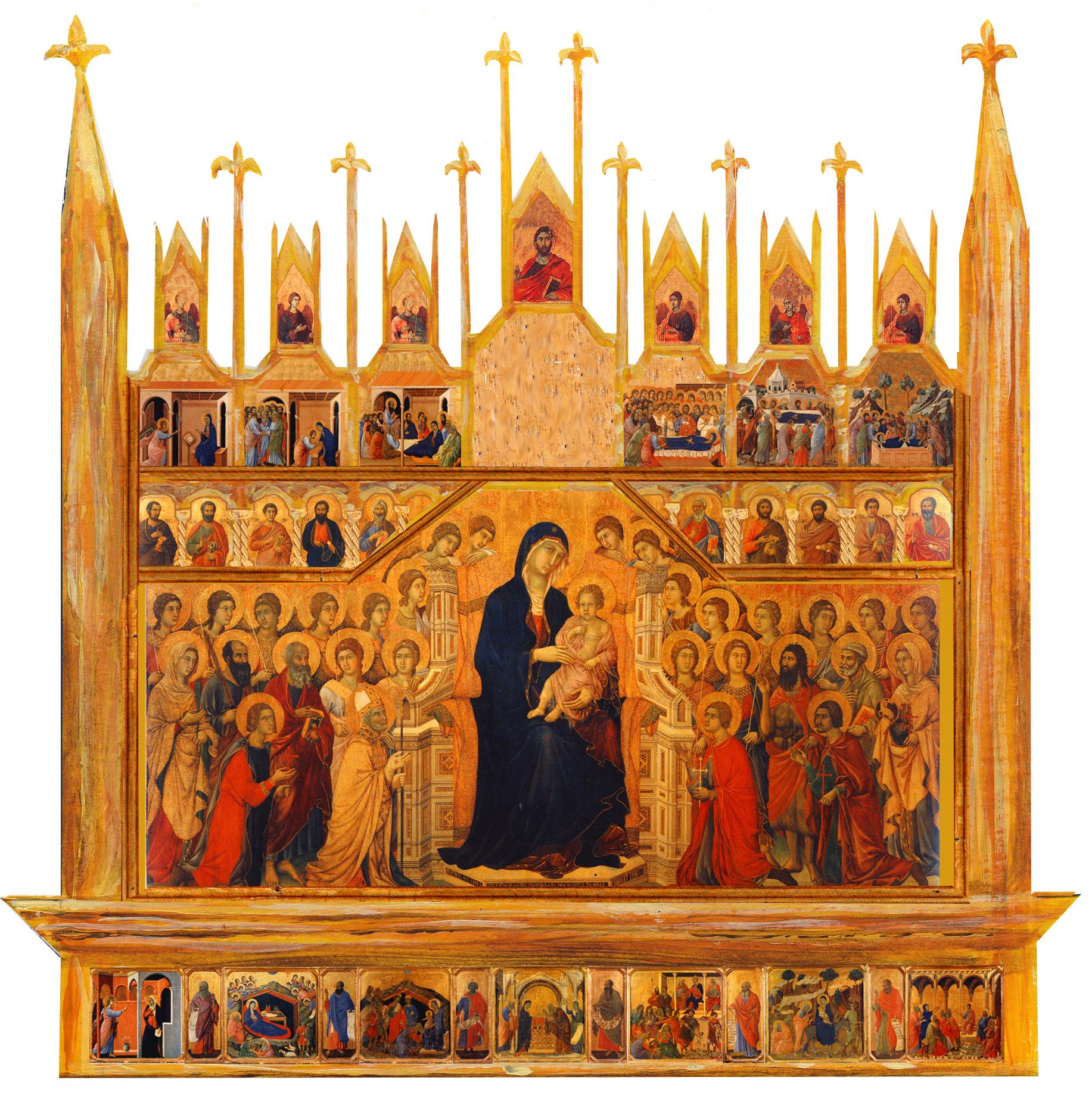
Slide 23: Siena, San Francesco, begun 1326
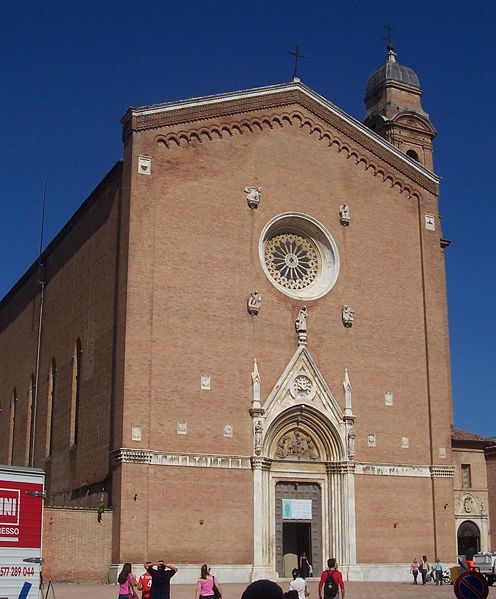
Slide 24: Florence, Baptistry, begun 1046
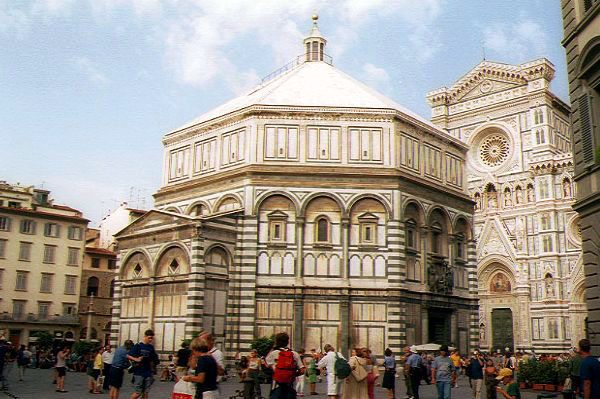
Slide 25: Florence, Bargello, begun c. 1255
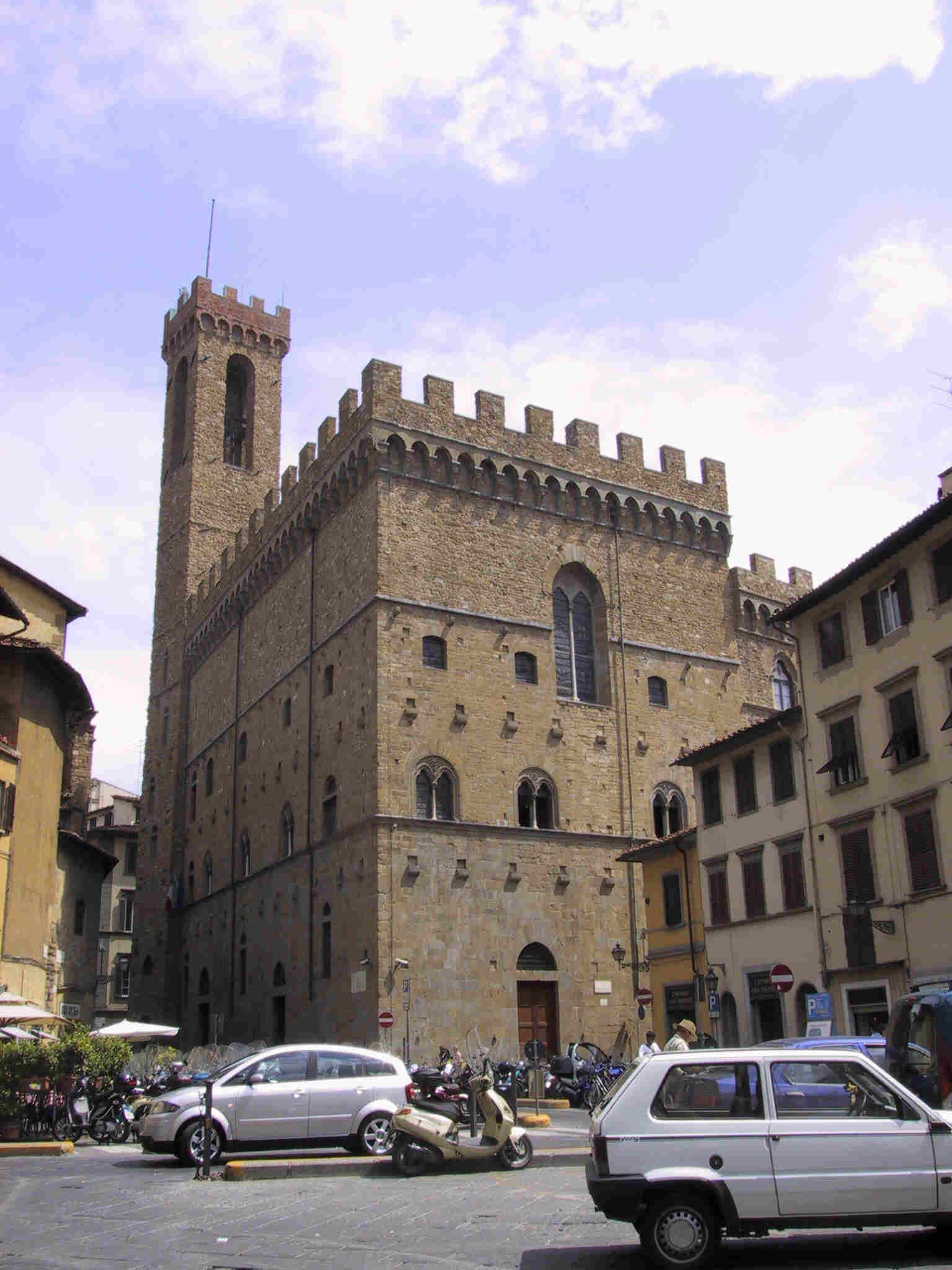
Slide 26: Florence, Palazzo Vecchio, founded 1299
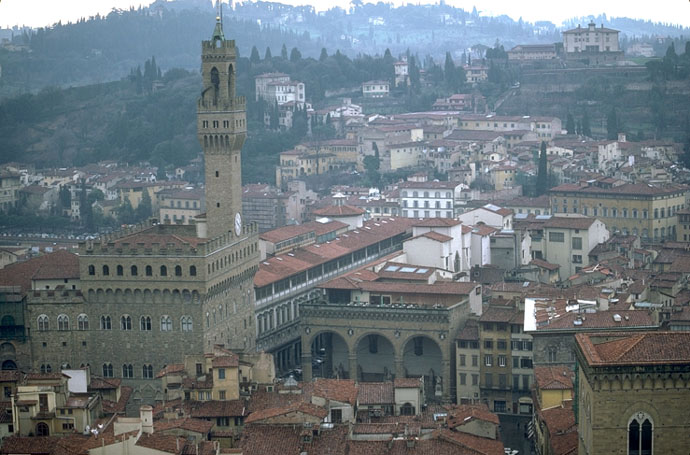
Slide 27: Florence, Santa Maria Novella (Dominican), begun by 1269
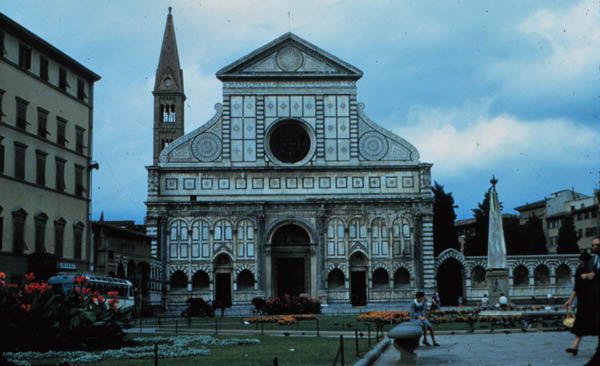
Slide 28: Florence, S. Croce (Franciscan), designed c. 1292
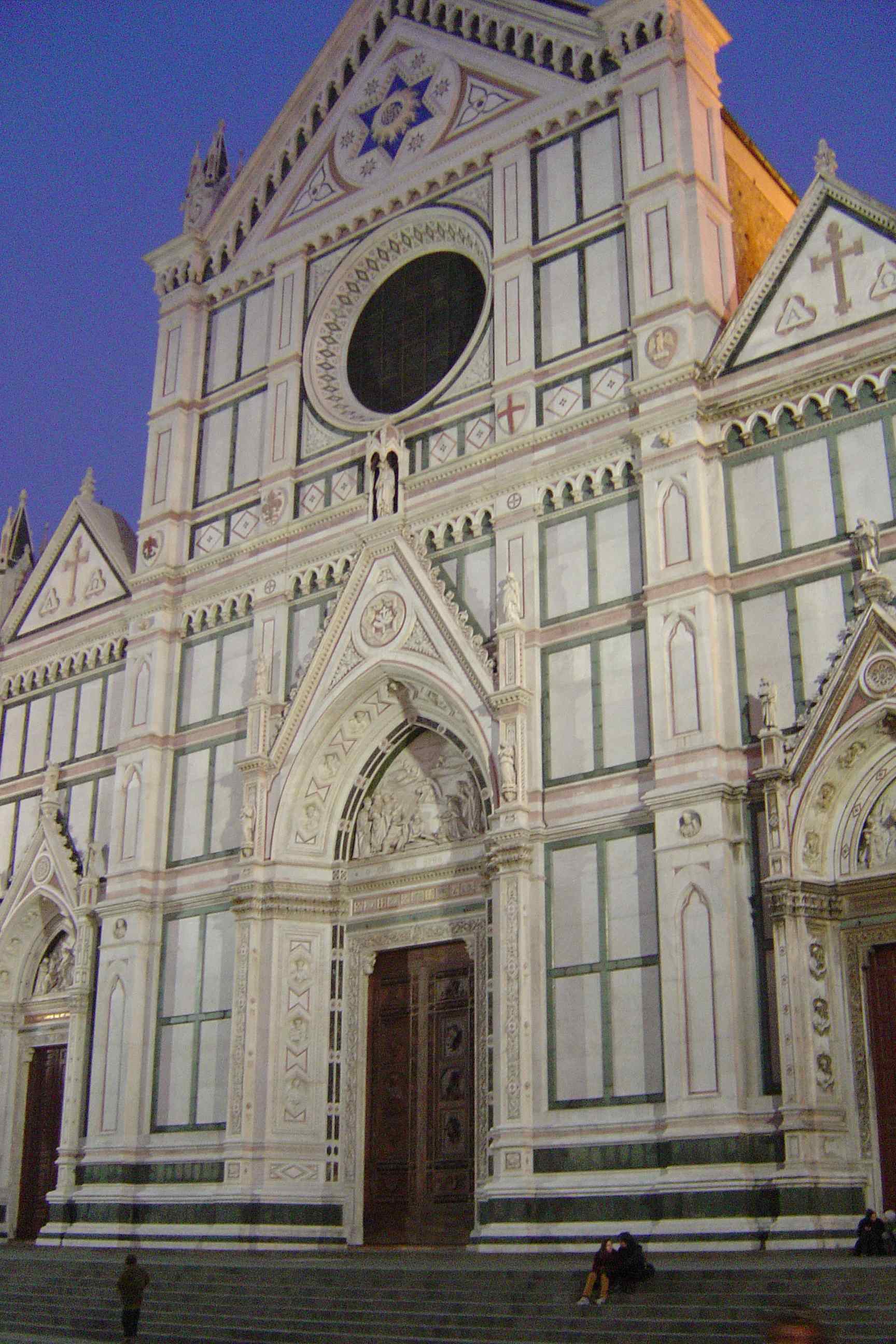
Slide 29: Florence, Orsanmichele, founded 1337, with tabernacle by Andrea Orcagna, 1359
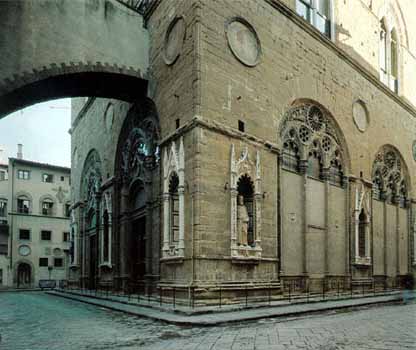
Slide 30: Florence, Cathedral of S. Maria del Fiore, begun 1294 by Arnolfo di Cambio
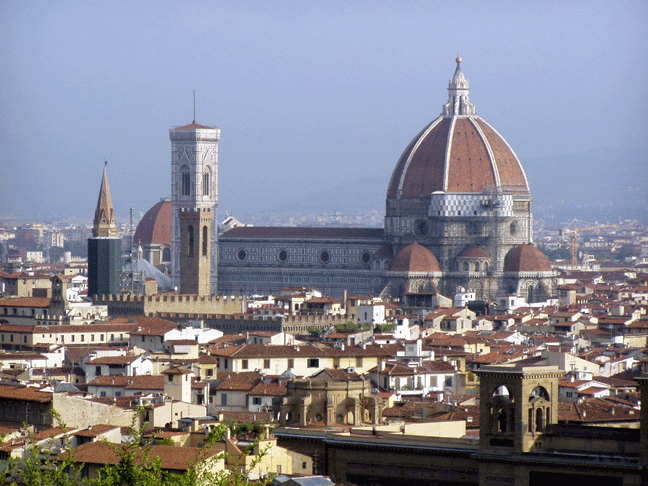
Enlarged scheme adopted by 1368 (Francesco Talenti, Andrea Orcagna and others; compare representation by Andrea di Firenze in Spanish Chapel at S. Maria Novella, c. 1365), bell tower begun 1334 (drawing with original scheme by Giotto?; compare northern spires like Freiburg, begun c. 1280)
Slide 31: Freiburg begun c.1280
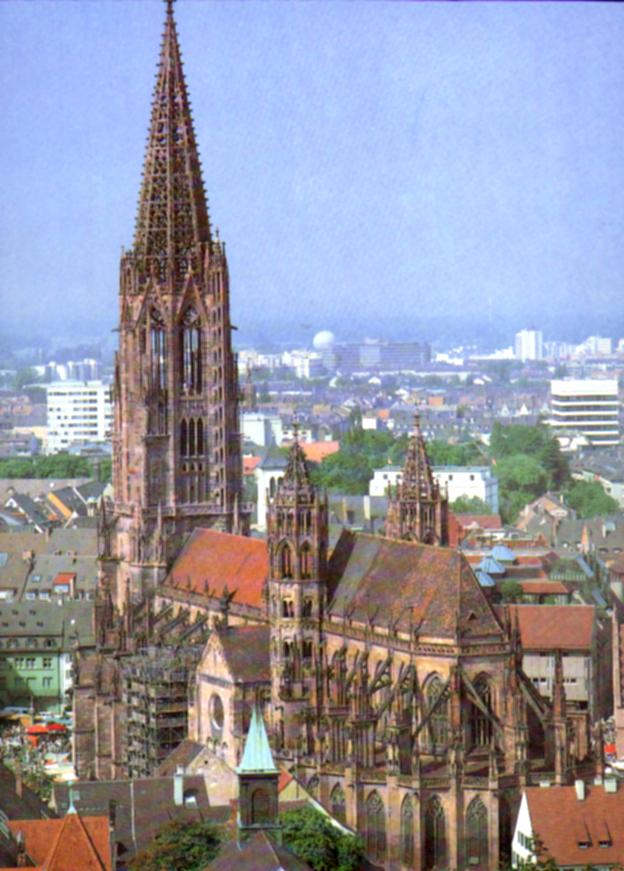
Slide 32: Giotto bell tower begun 1334
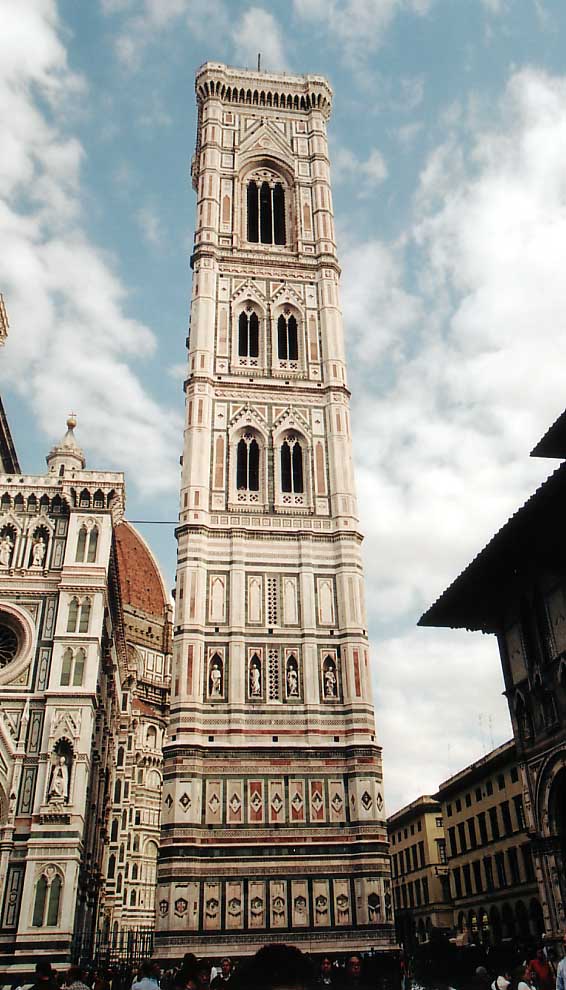
Northern Italy: communes and courts
Slide 33: Venice, Palazzo Ducale, begun 1340

Slide 34: Mantua, Castello di S. Giorgio, begun c. 1395 by Bartolino da Novara
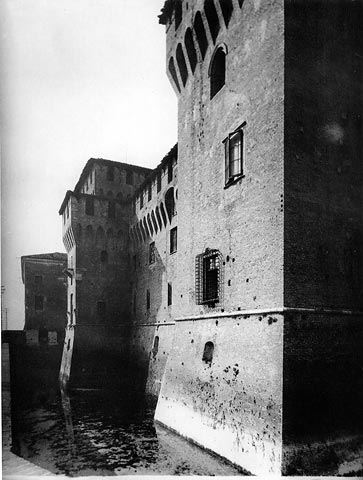
Slide 35: Verona, monument to Cansignorio della Scala, by Bonino da Campione, c. 1375
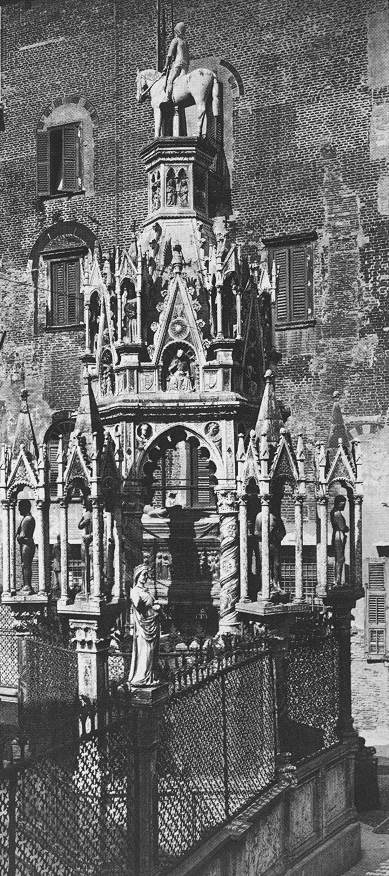
Bonino da Campione (active 1350-1390), 1374, marble
Slide 36: Milan, monument to Bernabo Visconti, by Bonino da Campione, c. 1363

formerly on high altar of S. Giovanni in Conca, now Castello Sforzesco
Slide 37: Milan, cathedral, begun 1386
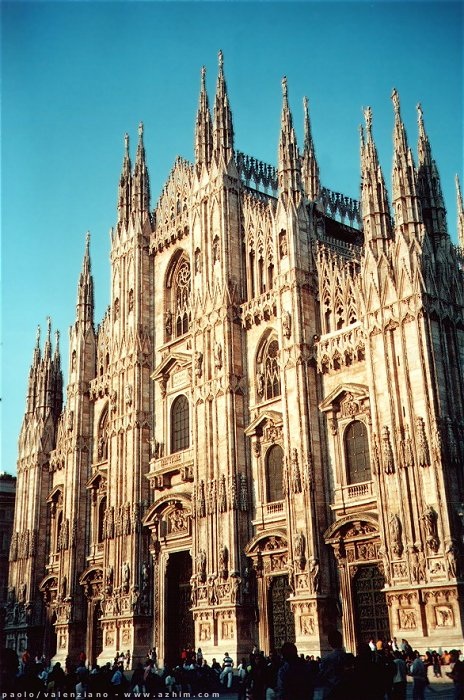
Milan debate between natives and foreign architects; compare Cologne, begun 1248
Slide 38: Cologne cathedral begun 1248
